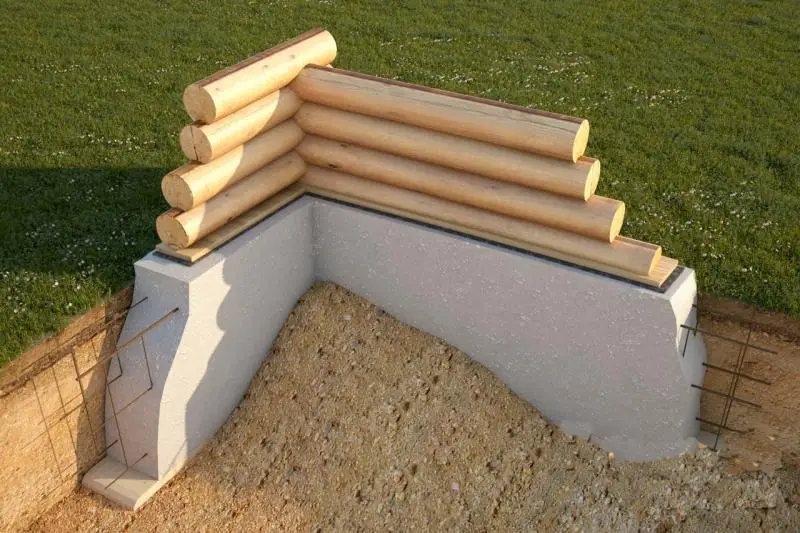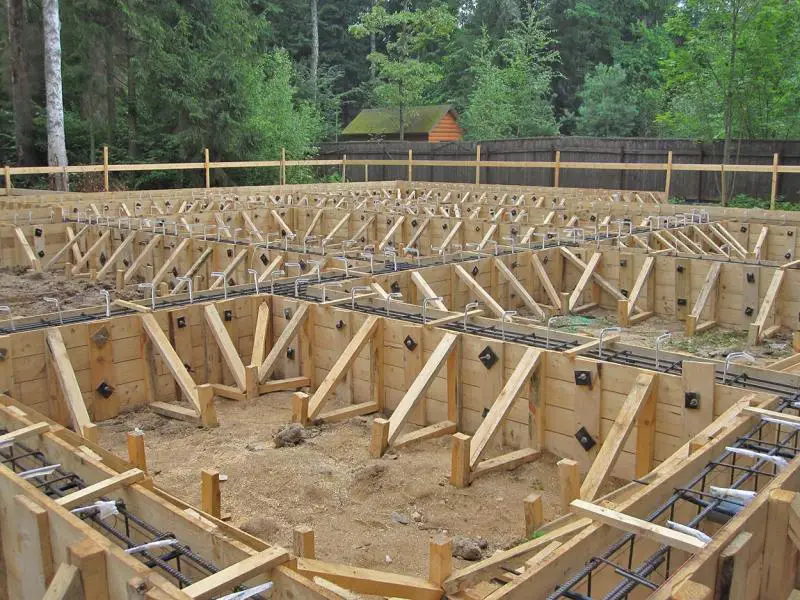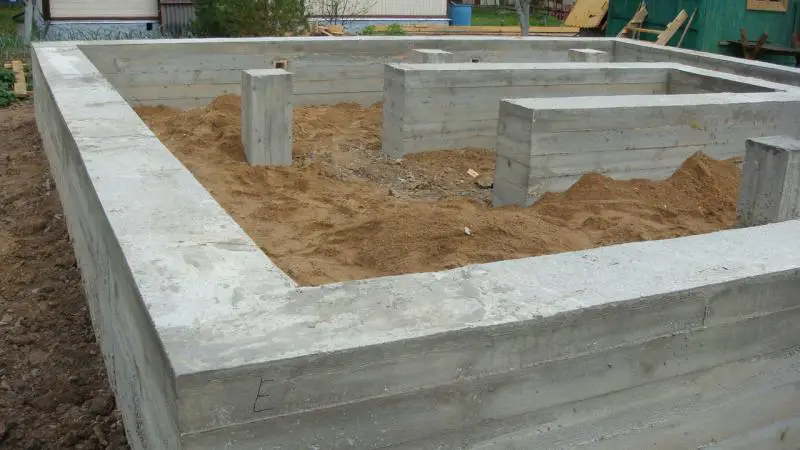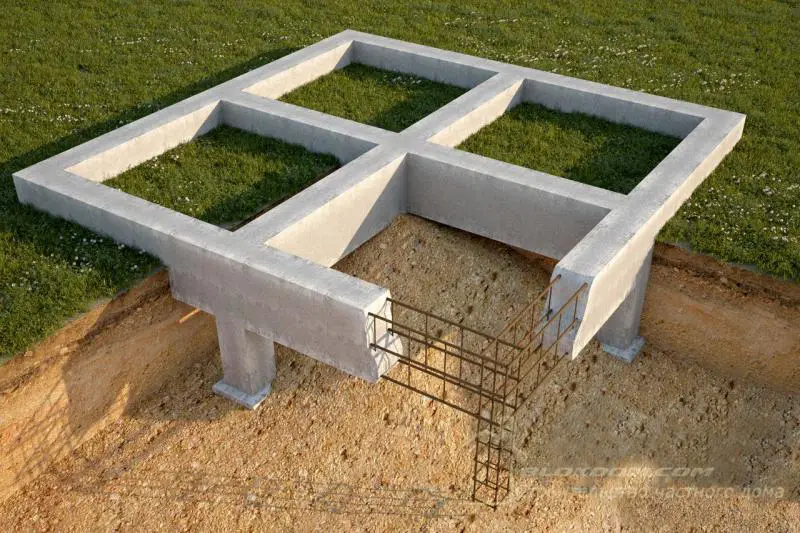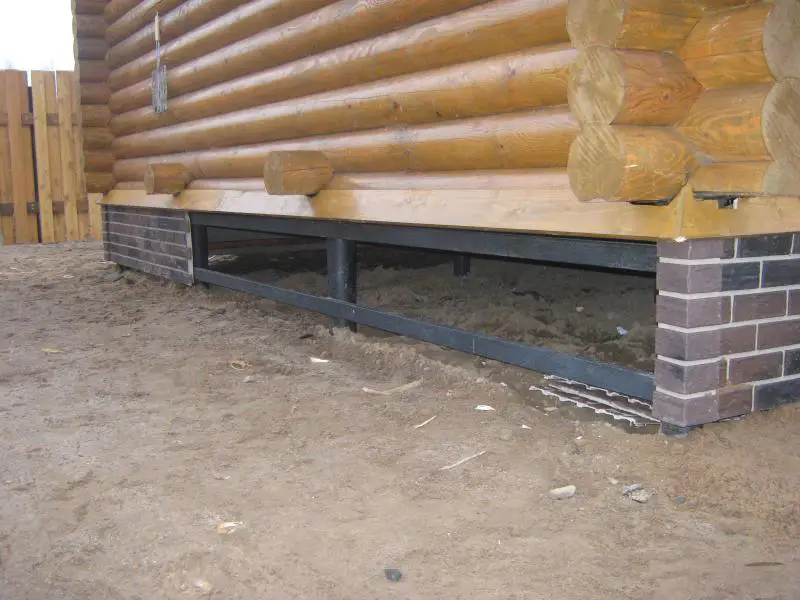There can be your advertisement
300x150
External Electrical Wiring
External electrical wiring refers to cabling installed on external walls of buildings and structures, under canopies, between buildings on poles outside roads and streets. It can be either open or concealed. Conductors of external wiring must be guarded or inaccessible to accidental contact.
From the standpoint of interior design and energy efficiency (wires under a plaster layer cool better than those exposed to open air), concealed wiring is preferable to open wiring.
However, concealed wiring has its drawbacks. Mainly, it requires wall chiseling and subsequent restoration, generates construction debris, involves labor-intensive work, and complicates future diagnostics and upgrades. This is especially true for wooden buildings.
After a change of ownership, open wiring is often installed indoors. Open wiring is preferred in structures made of combustible materials.
External wiring is most commonly used for bringing electricity into buildings. It is also used to supply power to various auxiliary facilities: sauna, garage, shed, outdoor workshop, and others.

Installation of External Electrical Wiring
When installing external wiring using bare conductors on supports near a building, maintain a minimum distance of 1.5 m from conductors to balconies. Installation on roofs is strictly prohibited unless the service tap for power entry is located within the building. When crossing roads, the distance from conductors to road surface must be at least 6 m. The distance from conductors to ground must be no less than 3.5 m if crossing non-traffic areas.
Also, the distance between conductors must be at least 0.15 m.
Open wiring of transit cables and conductors through storage and warehouse rooms is prohibited.
When installing cables and conductors on combustible substrates, maintain a minimum clearance of 10 mm from the base. If this is not possible, insulate the cable or conductor with a non-combustible layer.
Concealed wiring is typically used in bathrooms, shower rooms, and toilets. Open cable routing is permitted.
Despite the advantages of external wiring, its use is allowed only in unheated and damp non-residential spaces, as open wiring is considered unsafe today and easily damaged. If concealed wiring cannot be used, cable channels or corrugated conduits may be used. This improves electrical safety and enhances the home’s aesthetics.
When adding outlets and switches, using cable channels is advisable. This helps preserve interior elements. Cable channels can also accommodate low-voltage cables — internet, telephone.
When installing open wiring in non-residential, auxiliary areas, corrugated conduit is recommended. It is easier to install than cable channels, easily bends into desired directions, can be cut and shaped into angles.
Electrical baseboards offer a good alternative to cable channels and corrugated conduits. They resemble standard baseboards but contain an internal cavity for cable routing. Proper use prevents major installation errors. When purchasing, note that internal and external corner fittings are required for installation.
Installation of External Wiring on Clips
For this method, use rigid single-core cables with double or triple insulation and copper conductors. Secure cables directly to the surface using electrical clips, provided only one cable is used and conductor cross-section does not exceed 6 mm².
If using a cheaper cable, install a non-combustible backing. Typically, this is metal or asbestos. The backing must extend 10 mm beyond each side of the cable. Alternatively, maintain an air gap of at least 10 mm from combustible surfaces. Another option resembles mounting cables on ceramic insulators.
Asbestos is toxic, so it is best avoided in open wiring. If using double or triple insulated cables of proper cross-section, backing may be omitted. While aesthetically debatable, this method is the most cost-effective.
Installation of External Wiring in Corrugated Conduit
This is the most preferred method, as special corrugated electrical conduits do not support combustion and provide mechanical protection for cables. Conduits are secured to walls using plastic or metal straps or specialized clips. Multiple cables can be routed through a single corrugated conduit. However, any modification requires replacing all cables in the same conduit.
Corrugated conduit looks better than individual cables and fits well on uneven walls made of round logs. It also maintains an air gap between the wall and external cables. Note that for open wiring in wooden homes, metal sleeves must be used when passing through walls. These prevent damage due to wood shrinkage.
Installation of External Wiring Using Twisted Conductors on Insulators
This was the earliest method, commonly seen in rural homes from the early 20th century. Today, this style is regaining popularity (open wiring using twisted conductors). However, materials are difficult to source. Ceramic insulators for open wiring are now hard to obtain. Manual fabrication of twisted conductors may be required. Suitable materials include multi-strand copper conductors with double insulation and a cross-section of at least 2.5 mm².

